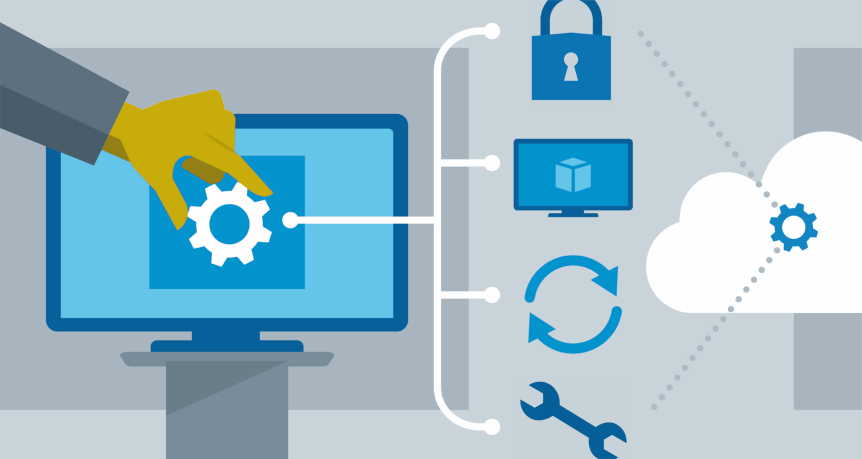In a world where remote work has become the norm, organizations are continually seeking ways to enhance remote collaboration and productivity. One technology that has proven to be indispensable in this context is Remote Desktop Protocol (RDP) servers. view speedrdp plans servers enable users to access and control remote computers or servers from virtually anywhere with an internet connection. In this blog post, we’ll explore the importance of RDP servers in facilitating seamless remote collaboration and how they can benefit businesses of all sizes.
Understanding Remote Desktop Protocol (RDP)
Before delving into the advantages of RDP servers, let’s first understand what Remote Desktop Protocol is. RDP is a proprietary protocol developed by Microsoft that allows a user to connect to a remote computer over a network connection. This connection enables the user to interact with the remote computer as if they were sitting in front of it. RDP technology has evolved over the years, and its implementation is now available on various operating systems, making it versatile and accessible.
- Access Anytime, Anywhere:
The primary advantage of RDP servers is the ability to access a remote desktop or server from anywhere in the world. This flexibility allows employees to work from home, on the road, or in different geographical locations seamlessly. For businesses, this means they can tap into a global talent pool without being limited by physical office spaces.
- Centralized Management:
RDP servers facilitate centralized management of resources. IT administrators can easily control and maintain remote servers, apply updates, and troubleshoot issues without being physically present. This not only streamlines IT operations but also ensures that all users have access to the latest software and security updates.
- Security and Data Protection:
Security is a top concern for remote work scenarios. RDP servers provide enhanced security features, such as encryption of data transmitted between the client and the server, multi-factor authentication, and role-based access control. These measures help protect sensitive data and prevent unauthorized access.
- Resource Optimization:
RDP servers allow multiple users to access a single remote machine simultaneously. This resource optimization can lead to cost savings as organizations can invest in powerful server hardware while accommodating several remote users. It also promotes collaboration by enabling team members to access shared resources and applications.
- Collaboration and Support:
RDP servers foster real-time collaboration and support. Team members can collaborate on projects by accessing shared files and applications on a remote server. Additionally, IT support teams can troubleshoot issues on users’ machines by connecting to their desktops remotely, reducing downtime and improving productivity.
- Cross-Platform Compatibility:
Modern RDP implementations are not limited to Windows; they are available on various operating systems, including macOS and Linux. This cross-platform compatibility ensures that remote collaboration can occur seamlessly regardless of the users’ preferred operating systems.
- Scalability:
RDP server solutions are highly scalable, making them suitable for businesses of all sizes. Whether you are a small startup or a large enterprise, you can adapt RDP servers to meet your specific needs.
Conclusion
In an era where remote work and collaboration have become essential, Remote Desktop Protocol (RDP) servers offer a robust solution to facilitate seamless communication and productivity. They empower organizations to tap into a global workforce, provide centralized management, enhance security, and promote efficient resource utilization.
As remote work continues to evolve, RDP servers will likely play an increasingly critical role in shaping the future of work. Embracing this technology can give businesses a competitive edge, allowing them to adapt to changing circumstances and foster collaboration regardless of geographic boundaries. So, if you’re looking to unlock the full potential of remote work, consider integrating RDP servers into your organization’s infrastructure.
